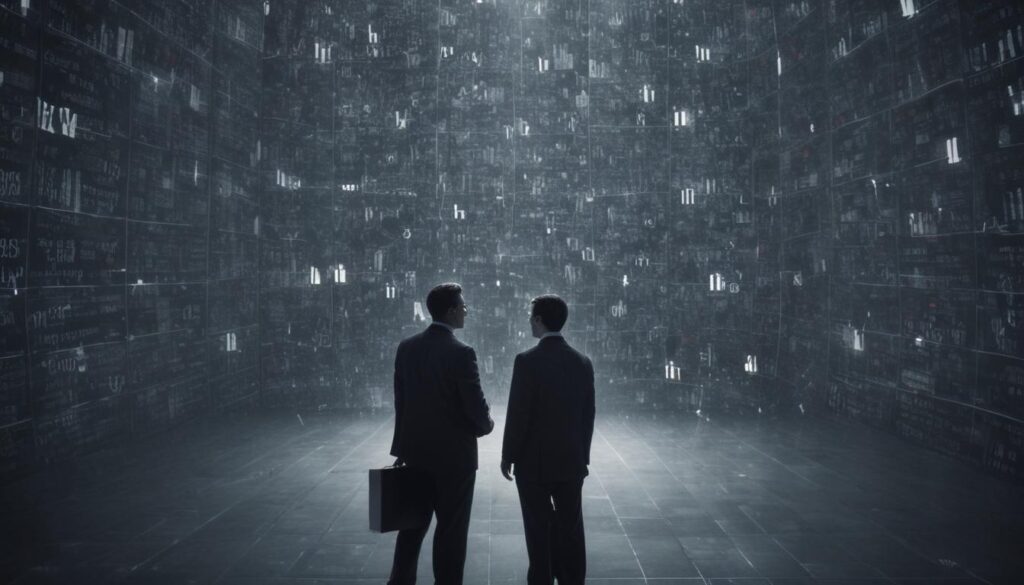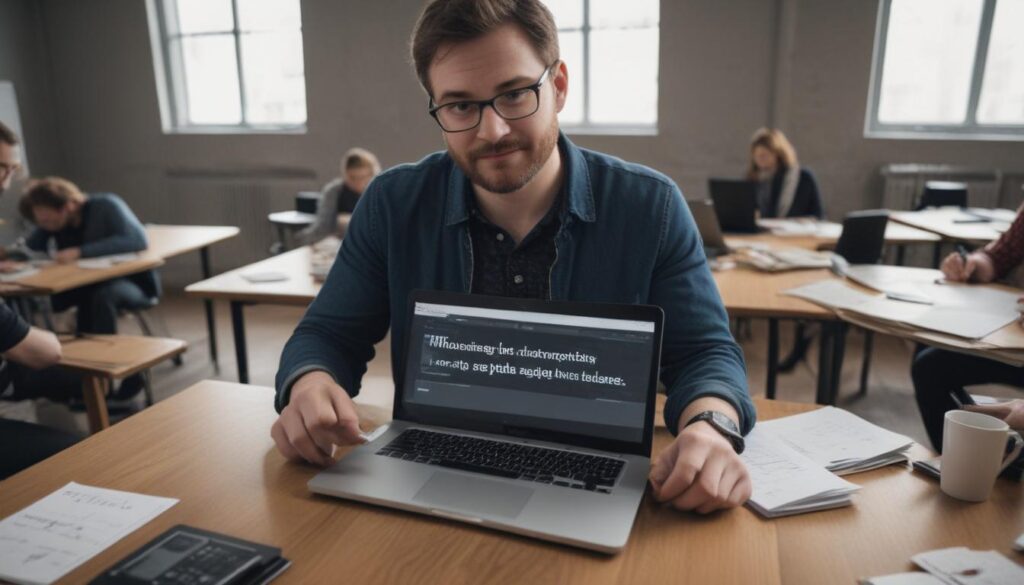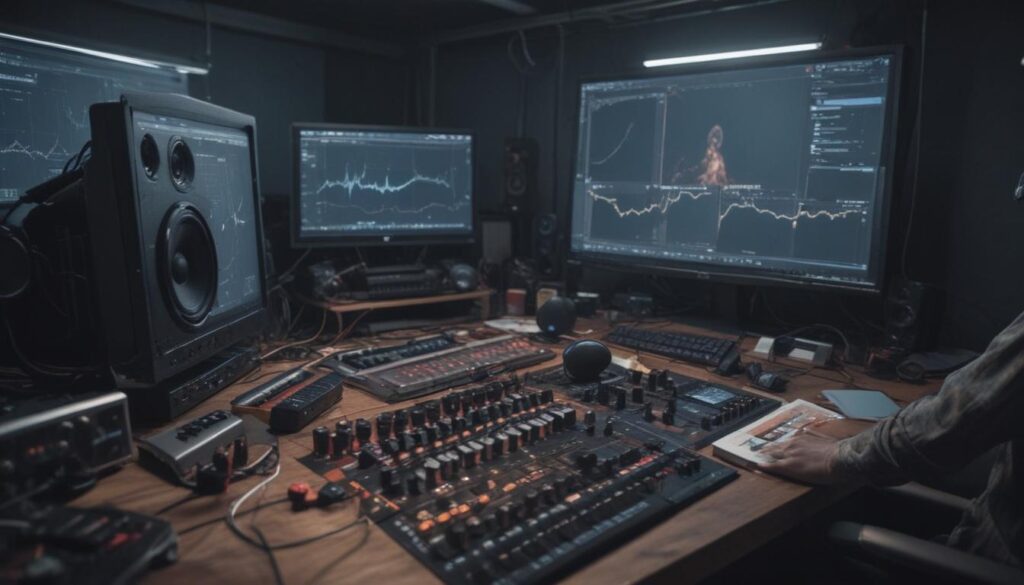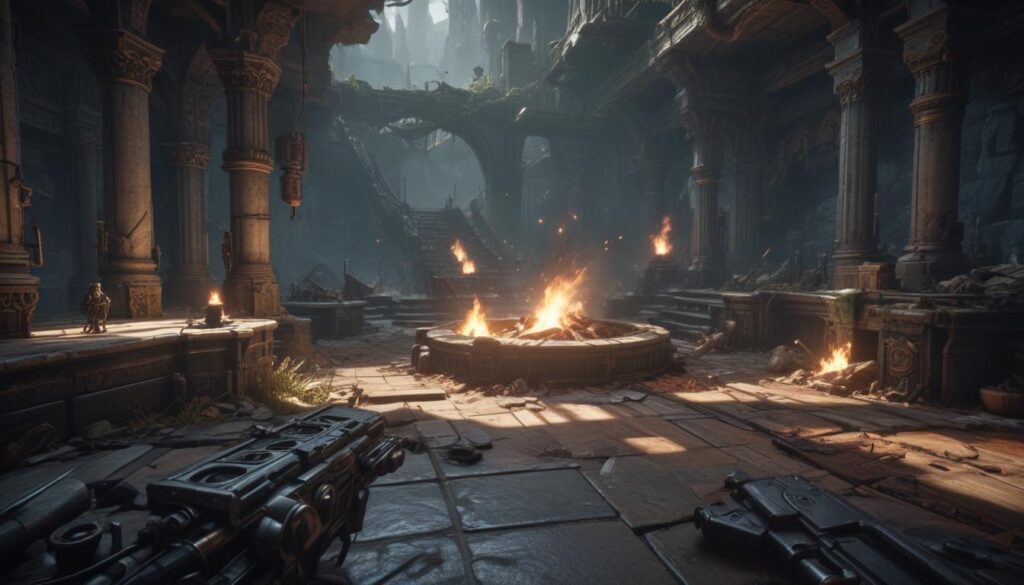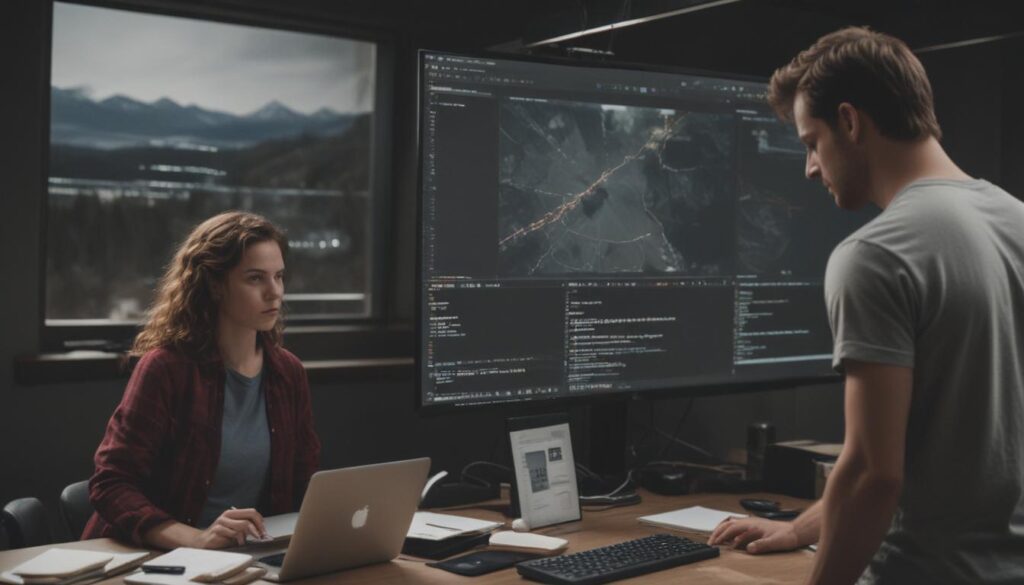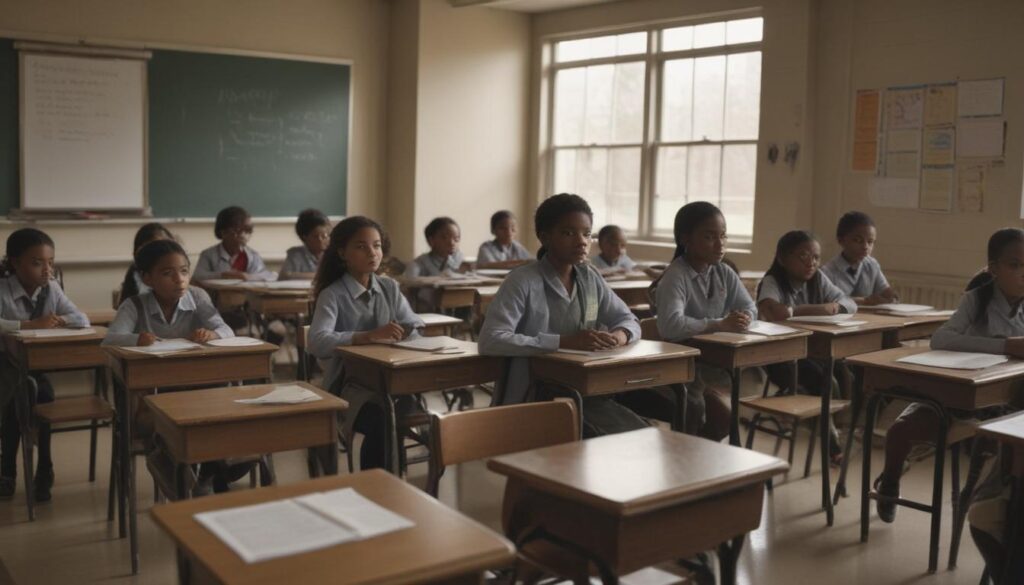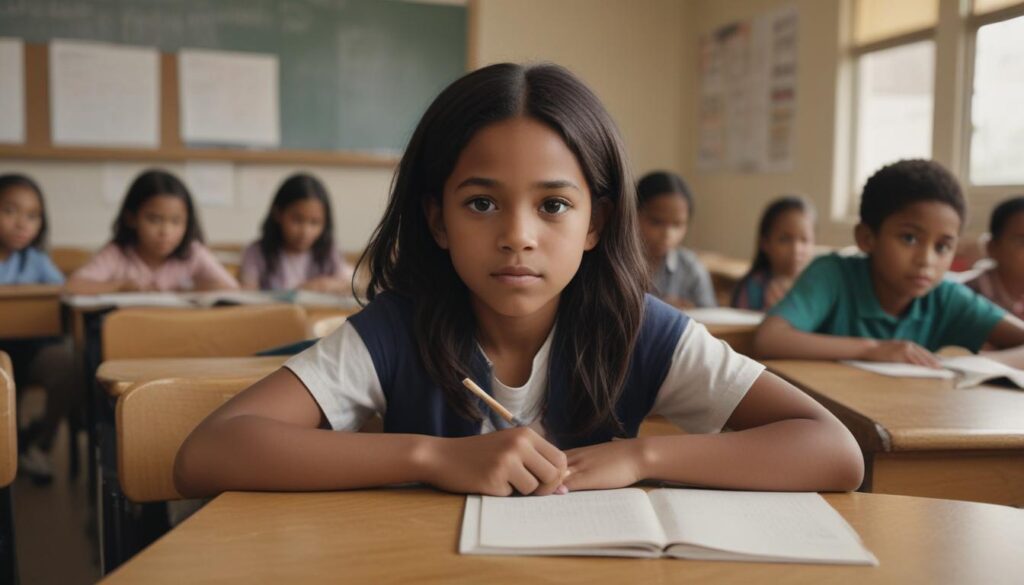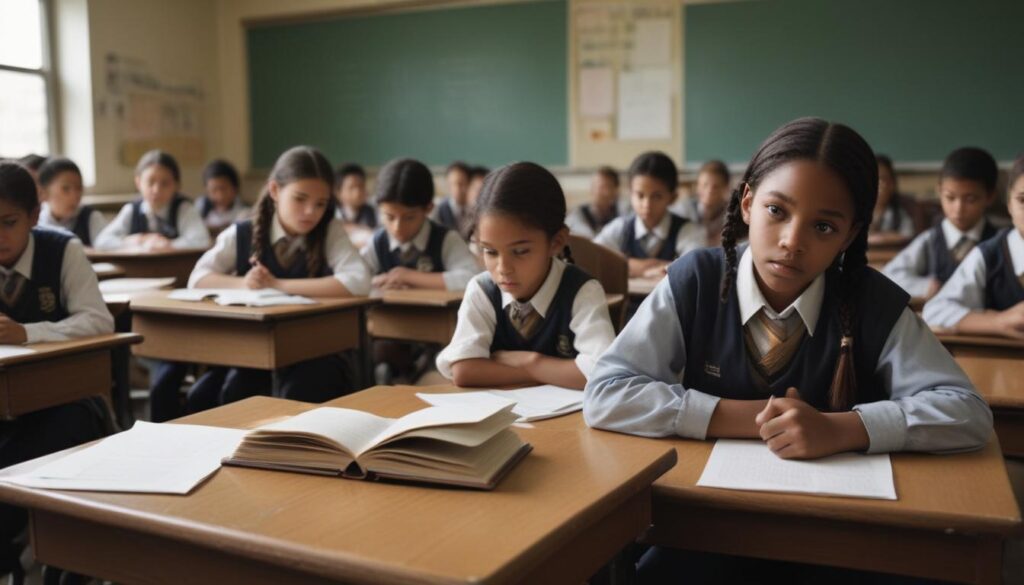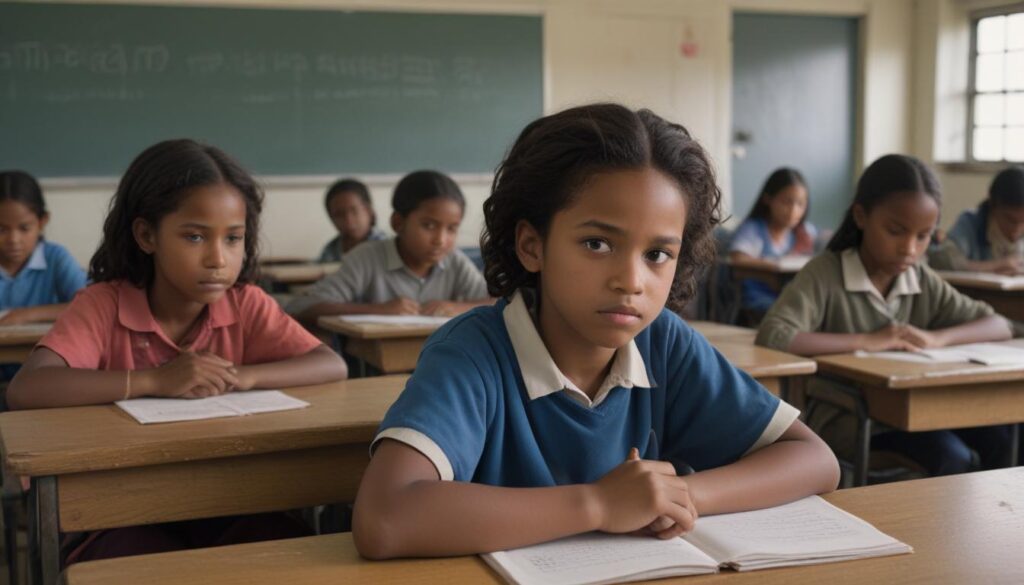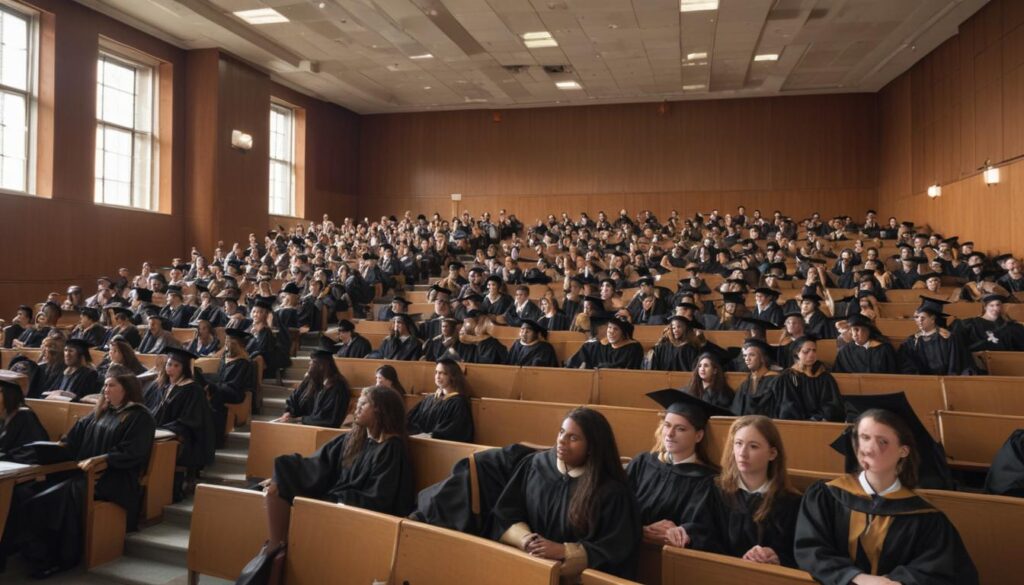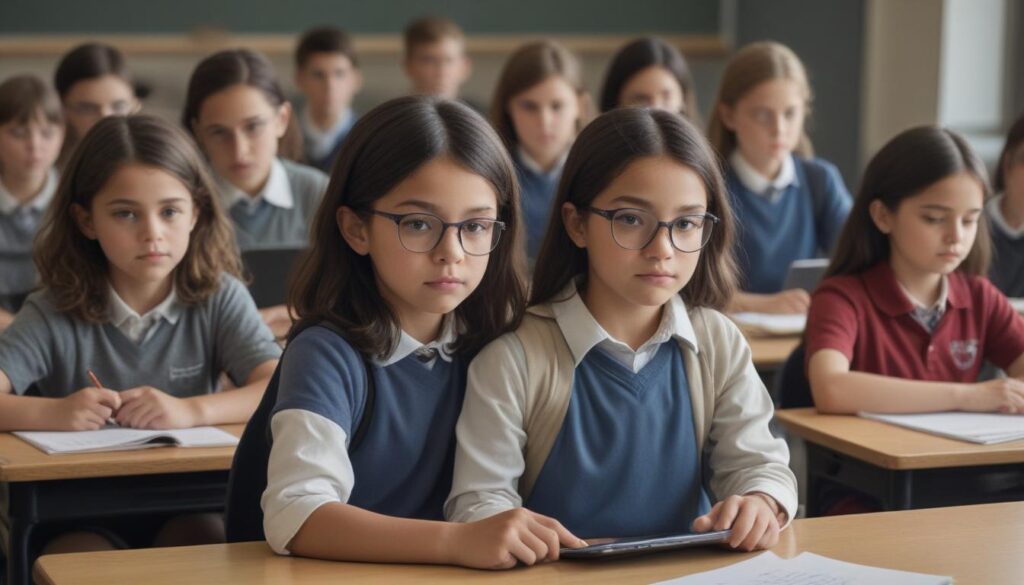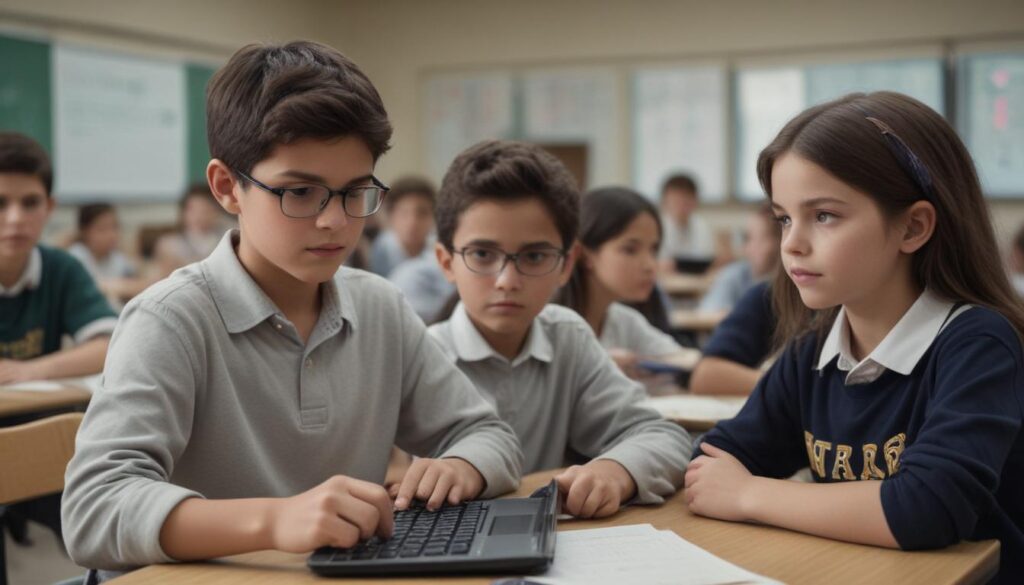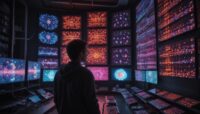Now Reading: The Next Wave of Blended Learning
- 01
The Next Wave of Blended Learning
The Next Wave of Blended Learning
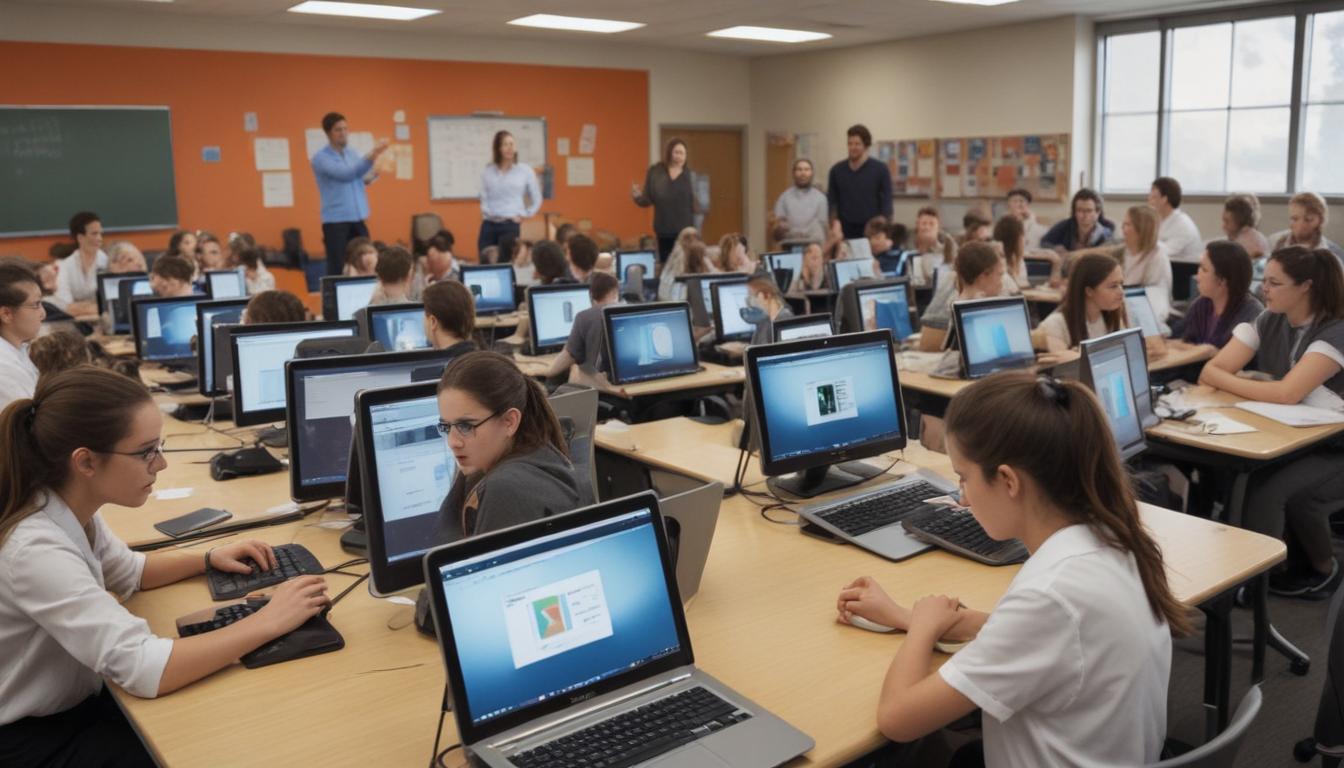
The Future of Blended Learning A Guide for Modern Educators
Are you an educator or corporate trainer feeling caught between the limitations of a traditional classroom and the overwhelming chaos of digital tools? It’s a common struggle. You want to engage your learners and prepare them for a modern world, but the one-size-fits-all lecture model feels increasingly outdated. Meanwhile, simply throwing technology at the problem often leads to confusion, technical glitches, and disengaged students staring at screens. The solution isn’t choosing between face-to-face instruction and online learning; it’s about artfully combining them.
The future lies in a smarter, more intuitive, and deeply personalized approach to blended learning. This isn’t just about flipping your classroom; it’s about creating a cohesive learning ecosystem that empowers both the instructor and the student. It leverages technology not as a replacement for human connection, but as a powerful tool to enhance it. This guide will walk you through the exciting evolution of blended learning, showing you the key trends and mindset shifts that are shaping the future of education and training.
Moving Beyond the Flipped Classroom
For many, blended learning is synonymous with the flipped classroom model where students watch pre-recorded lectures at home and use class time for hands-on activities. While this was a revolutionary first step that shifted the focus from passive listening to active engagement, it’s merely the foundation of what’s possible. The initial wave of blended learning was often a simple two-part formula online content delivery plus in-person application. It successfully broke the mold of the traditional lecture but sometimes created a disjointed experience for learners.
The future of blended learning is about creating a seamless and integrated journey. It’s no longer a binary choice between “online” and “in-person.” Instead, it is a fluid spectrum where technology and direct instruction weave together to create a richer, more effective tapestry. The focus is shifting from the location of learning to the quality of the learning experience itself. This new era is defined by personalization, real-time feedback, and dynamic content that adapts to the needs of each individual, making learning more relevant and impactful than ever before.
Key Trends Shaping Tomorrows Classroom
The next phase of blended learning is being powered by incredible technological advancements that are moving from the fringe to the forefront. These aren’t just gadgets for the sake of novelty; they are tools designed to solve core educational challenges, such as student engagement, knowledge retention, and catering to diverse learning styles. Understanding these trends is crucial for any educator looking to design a truly future-proof learning environment.
AI-Powered Personalization
Imagine a system where learning paths are no longer linear. Artificial intelligence can analyze a student’s performance in real time, identifying their strengths and weaknesses. Based on this data, an AI-powered platform can serve up custom-tailored content—perhaps an extra video tutorial for a student struggling with a concept, or an advanced problem set for one who has mastered it. This moves beyond differentiation to true individualization, ensuring every learner is appropriately challenged and supported on their unique journey.
Immersive Technologies like VR and AR
Virtual and augmented reality are breaking down the physical walls of the classroom. Medical students can perform complex virtual surgeries without risk, history students can walk through ancient Rome, and engineering trainees can disassemble a virtual jet engine. Augmented reality can overlay digital information onto the real world, providing on-the-spot guidance for hands-on tasks. These immersive experiences create powerful, memorable learning moments that passive reading or lectures simply cannot replicate.
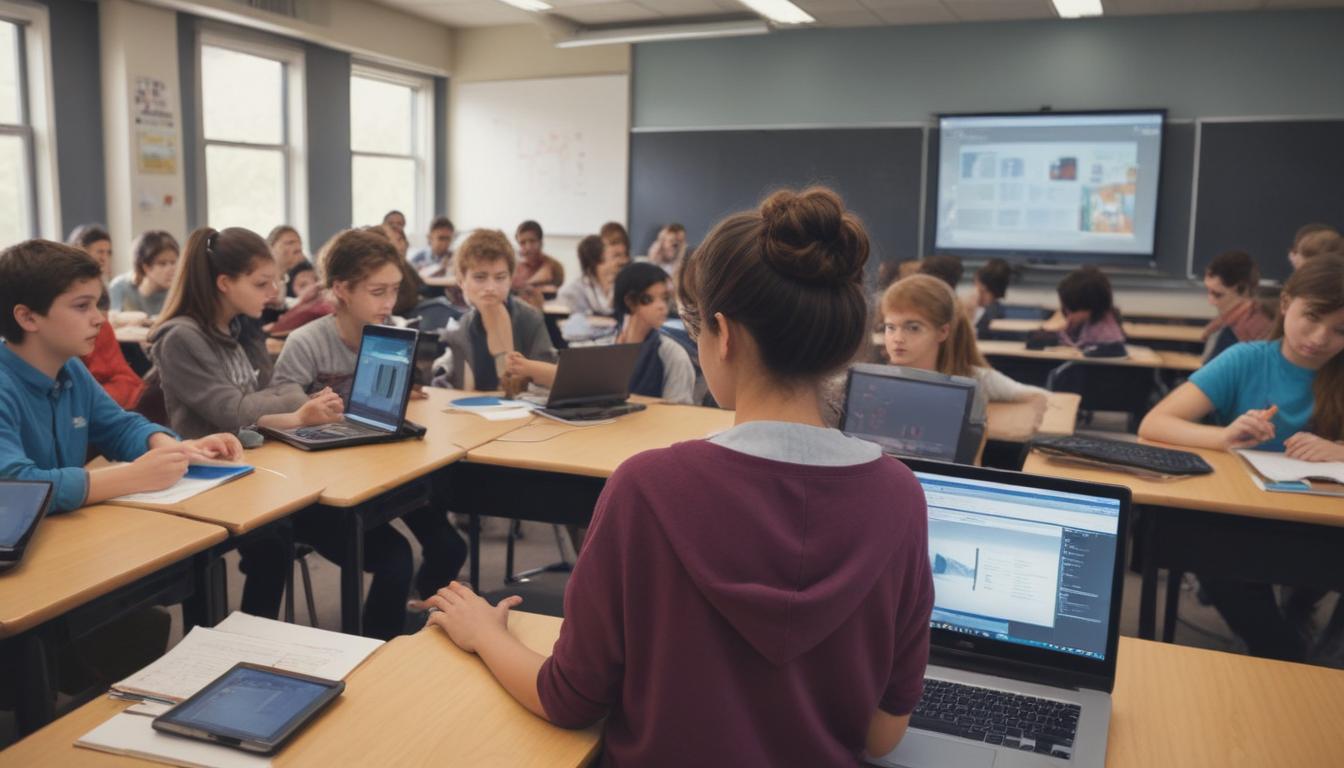
The Evolving Role of the Educator
With technology handling personalized content delivery and practice, a common fear arises will educators become obsolete? The answer is a definitive no. In fact, the role of the educator is becoming more critical and more human than ever before. The future of blended learning requires a fundamental shift from being the “sage on the stage” to the “guide on the side.” The instructor’s value is no longer in simply dispensing information, a task technology can often do more efficiently.
Instead, the educator’s role is elevated to that of a facilitator, mentor, and learning architect. With administrative and repetitive tasks automated, teachers have more time and energy to focus on high-impact activities. This includes leading nuanced discussions, fostering collaboration and critical thinking, providing one-on-one emotional and academic support, and helping students make connections between different concepts. The human touch—empathy, inspiration, and mentorship—becomes the most valuable component of the learning experience, something technology cannot replace. The educator curates the journey, sparks curiosity, and guides students in applying their knowledge in meaningful ways.
Embracing the Blended Future
The journey into the future of blended learning is not about a complete overhaul overnight. It’s about taking intentional steps toward creating a more flexible, responsive, and engaging learning environment. The goal is to build an ecosystem where technology serves pedagogy, not the other way around. This means starting with your learning objectives and then selecting the right blend of tools and strategies to meet them, always keeping the human learner at the center of the design.
To begin, start small. Experiment with one new tool or technique at a time, whether it’s introducing an adaptive quiz platform, designing a single project-based learning module that incorporates online research, or using a collaborative digital whiteboard during an in-person session. Gather feedback from your learners and be willing to iterate. The future of blended learning isn’t a rigid destination; it’s a continuous process of innovation and refinement. By embracing this mindset of thoughtful experimentation, you can create powerful learning experiences that not only educate but also inspire.
